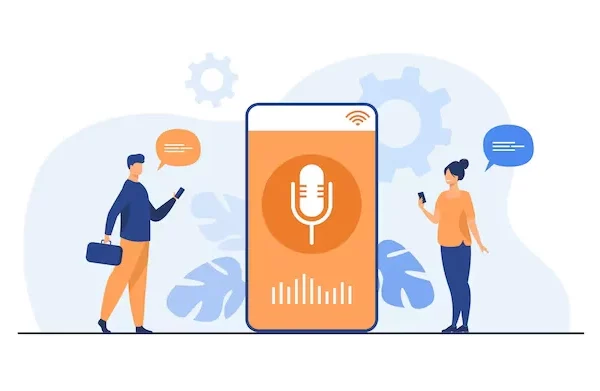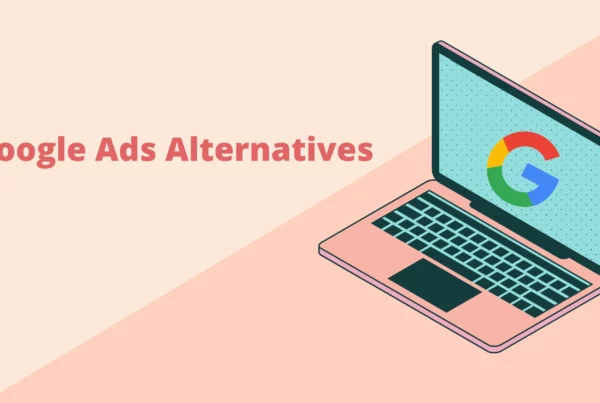
In terms of how they interact with brands, the Internet revolution has not only brought people from all over the world together but also established a sense of trust among other Internet users. Over 93% of customers say that user-generated content (UGC) has affected their shopping decisions in the past year, and UGC is growing on social media today.
However, as the level of competition continues to rise, it is becoming increasingly difficult and prohibitively expensive for brands to reach the appropriate audience. All in all, how would they strike a chord with their promotional endeavors? simply by incorporating user-generated content into their marketing strategies.
What Is User Generated Content?
User-generated content (UGC) is a type of content that is created and shared by individuals rather than by brands or companies. It can come in many forms, such as social media posts, photos, videos, reviews, and blog comments. UGC is typically created by customers or fans who are passionate about a brand or product and want to share their experiences with others.
One of the main benefits of UGC is that it can help brands build trust and credibility with their audiences. When consumers see authentic content from real people, they are more likely to trust the brand and its products. UGC also provides social proof, which is a powerful marketing tool that can help increase conversions and sales.
In addition, UGC can help brands create a sense of community and foster deeper connections with their customers. When consumers see that their content is being shared and valued by a brand, they are more likely to feel a sense of loyalty and engagement.
There are many ways that brands can encourage and leverage UGC. For example, they can create social media campaigns that encourage customers to share their experiences with a specific hashtag. They can also feature UGC on their website and social media channels, and even incorporate it into their advertising campaigns.
However, it is important for brands to be transparent and ethical when it comes to UGC. They should always ask for permission to use user-generated content, and they should never misrepresent or manipulate it in any way. By following these guidelines, brands can harness the power of UGC and build stronger relationships with their customers.
Types Of User-Generated Content
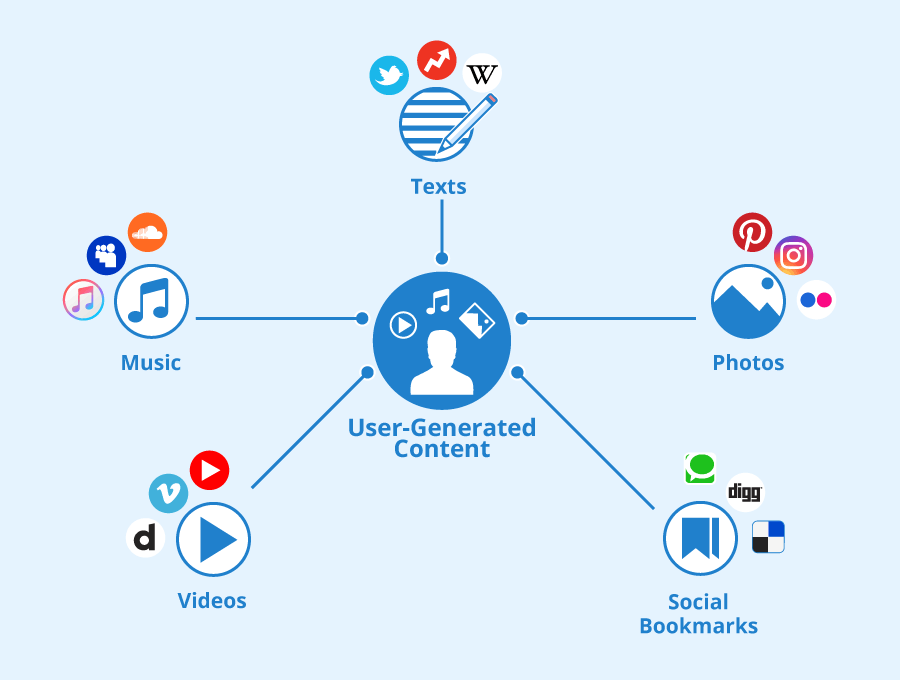
There are many different types of user-generated content that businesses can leverage for their marketing efforts. A selection of the most common kinds is shown below:
1. Reviews
Reviews are one of the most common types of user-generated content. They can be found on a variety of platforms, including social media, review sites, and e-commerce sites. Reviews can provide valuable feedback for businesses, as well as help potential customers make informed purchasing decisions.
2. Social media posts
Social media platforms like Instagram, Twitter, and Facebook are great places for users to share their experiences with a product or service. By encouraging customers to tag your business in their posts, you can amplify the reach of your brand and create a sense of community.
3. Videos
Videos are highly engaging types of user-generated content. They can showcase how customers use your product or service in their daily lives and provide valuable insights into their experience.
4. Photos
Similar to videos, photos can provide a visual representation of how customers use your product or service. By using customer photos in your marketing materials, you can create a sense of authenticity and trust.
5. Blog posts
Some customers may choose to write blog posts or articles about their experiences with your brand. These can be valuable sources of information for other potential customers and can help build your brand’s authority in your industry.
6. Forums and communities
Online forums and communities can be great places for customers to share their experiences and provide feedback. By participating in these forums and communities, businesses can gain valuable insights into their customers’ needs and preferences.
Benefits of Using UGC in Your Marketing
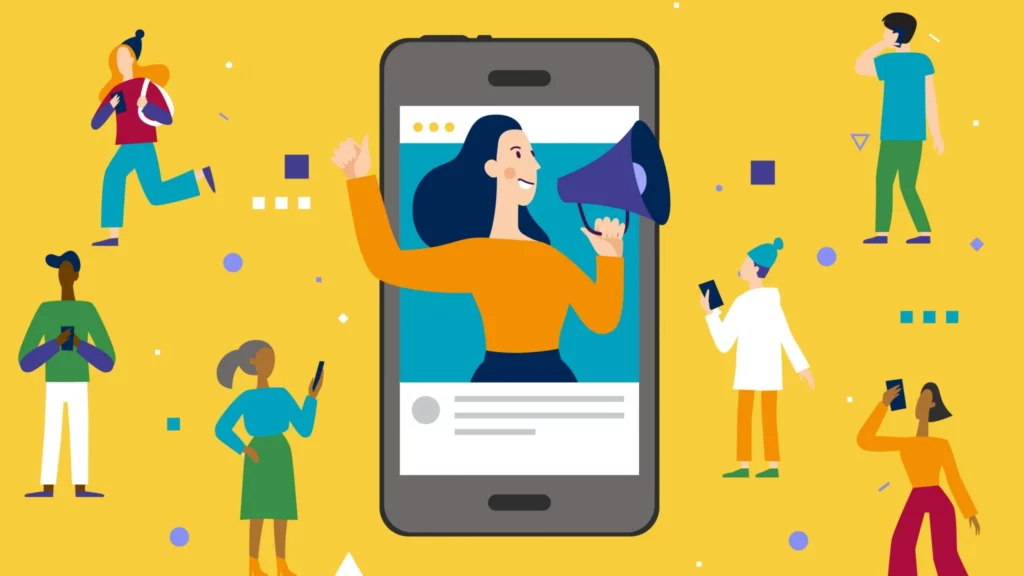
There are many benefits to using user-generated content (UGC) in your marketing strategy. Important benefits:
1. Increases credibility and trust
Consumers trust UGC more than traditional advertising. When they see real people using and endorsing your products, it helps to build trust and credibility with potential customers.
2. Boosts engagement
User-generated content often receives more engagement than brand-created content. This is because people are more likely to engage with content created by their peers, rather than content created by a brand.
3. Cost-effective
Using UGC in your marketing can be more cost-effective than creating your own content. This is because you don’t have to pay for the creation of the content, and it can also help to reduce the cost of advertising.
4. Increases in reach
When consumers create and share content about your brand, it can help to increase your brand’s reach. This is because their followers and friends will also see the content, potentially introducing new people to your brand.
5. Creates a sense of community
When you encourage customers to create and share content about your brand, it can help to create a sense of community around your brand. This can help to build brand loyalty and advocacy.
6. Provides valuable insights
User-generated content can provide valuable insights into how customers are using and interacting with your products. By analyzing UGC, you can gain a better understanding of your customers and improve your products and services accordingly.
Steps To Create a Successful UGC Campaign
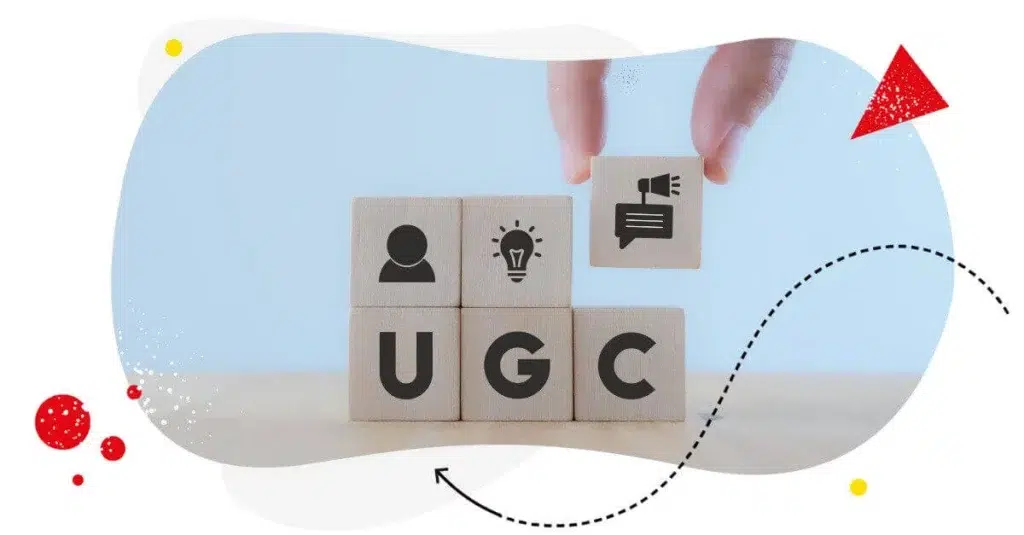
Here are some ideas for incorporating UGC into your marketing:
1. Contests and Giveaways
Host a UGC contest or giveaway where participants share photos, videos, or testimonials related to your product or service. This is a great way to generate buzz and engagement while also collecting valuable user-generated content.
2. Social Media Hashtags
Create a branded hashtag and encourage your followers to use it when sharing photos or videos related to your brand. This will help you discover user-generated content and build a community around your brand.
3. Customer Reviews
Encourage your customers to leave reviews on your website or other review sites. Share positive reviews on social media or your website to showcase social proof and build trust with potential customers.
4. Influencer Collaborations
Partner with influencers or micro-influencers in your industry and ask them to create content featuring your product or service. This will not only generate UGC but also expose your brand to a new audience.
5. User Testimonials
Feature user testimonials on your website or in your marketing materials. This can be in the form of written testimonials, video testimonials, or even screenshots of positive social media comments.
6. Interactive Campaigns
Host an interactive campaign where users can engage with your brand through quizzes, polls, or surveys. This will not only generate UGC but also provide valuable insights into your target audience.
7. User-Generated Reviews
Incorporate user-generated reviews into your product pages to showcase the experiences of real customers. This can increase the likelihood of a purchase and build trust with potential customers.
Conclusion
In conclusion, user-generated content is a powerful tool for businesses looking to engage with their audience and increase brand awareness. By incorporating UGC into marketing campaigns, businesses can benefit from increased authenticity, social proof, and user engagement. However, to successfully implement a UGC campaign, businesses must carefully plan and execute their strategy, including selecting the right type of UGC, promoting the campaign through various channels, and engaging with their audience. With the right approach, businesses can harness the power of user-generated content to drive growth and success in their marketing efforts.
FAQ
Q: How can businesses encourage UGC?
A: Businesses can encourage UGC by creating opportunities for their customers to share their experiences, such as through reviews or social media campaigns. They can also offer incentives, such as discounts or prizes, for creating UGC. It’s important to ensure that any UGC campaigns align with the brand’s values and messaging.
Q: What are the benefits of using UGC?
A: Some of the benefits of using UGC include increased engagement, reach, and brand awareness, as well as improved trust and credibility. UGC can also provide valuable insights into the target audience and help businesses improve their products and services based on customer feedback.
Q: Are there any risks associated with using UGC?
A: Yes, there are some risks associated with using UGC, such as the potential for negative comments or reviews. It’s important for businesses to monitor UGC and respond promptly to any negative feedback. There is also a risk of copyright infringement or other legal issues if businesses use UGC without permission or attribution.
Q: How can businesses measure the impact of UGC?
A: Businesses can measure the impact of UGC by tracking metrics such as engagement, reach, and conversions. They can also use sentiment analysis tools to analyze the tone and sentiment of UGC. It’s important to establish clear goals and KPIs before launching a UGC campaign to ensure that the impact can be accurately measured.
Q: Can UGC be used in all industries?
A: UGC can be used in almost any industry, but the type of UGC and the platforms used may vary depending on the target audience and industry. For example, a fashion brand may rely heavily on visual UGC shared on Instagram, while a B2B software company may focus on reviews and testimonials shared on industry-specific websites.
